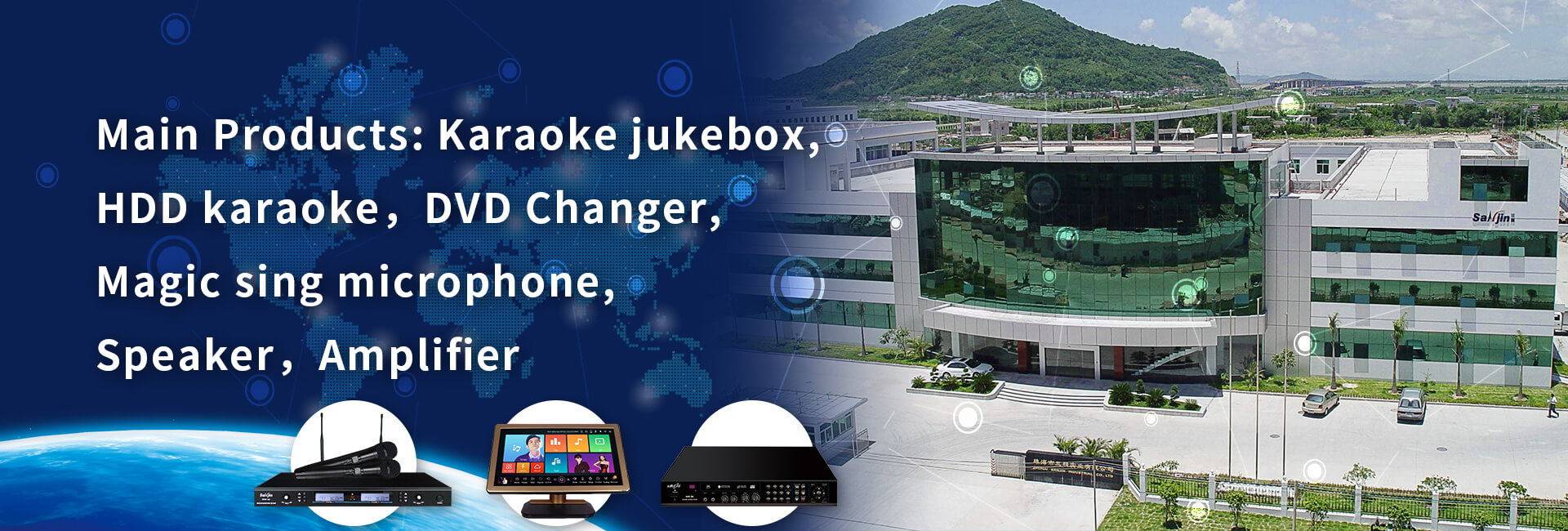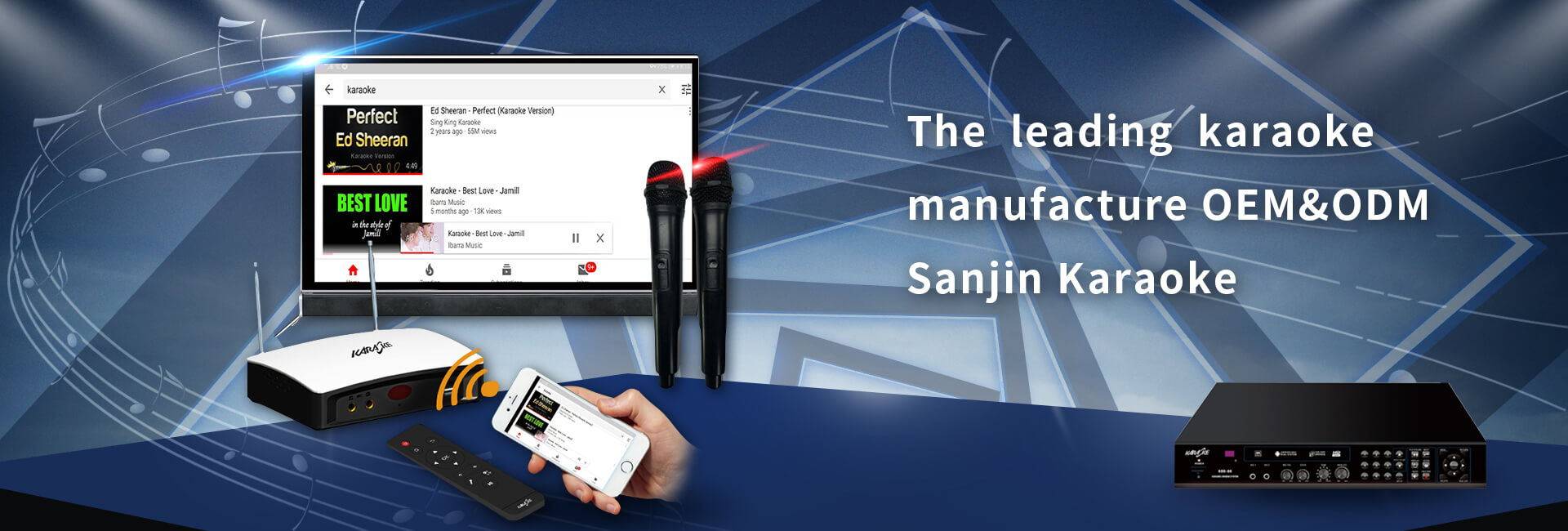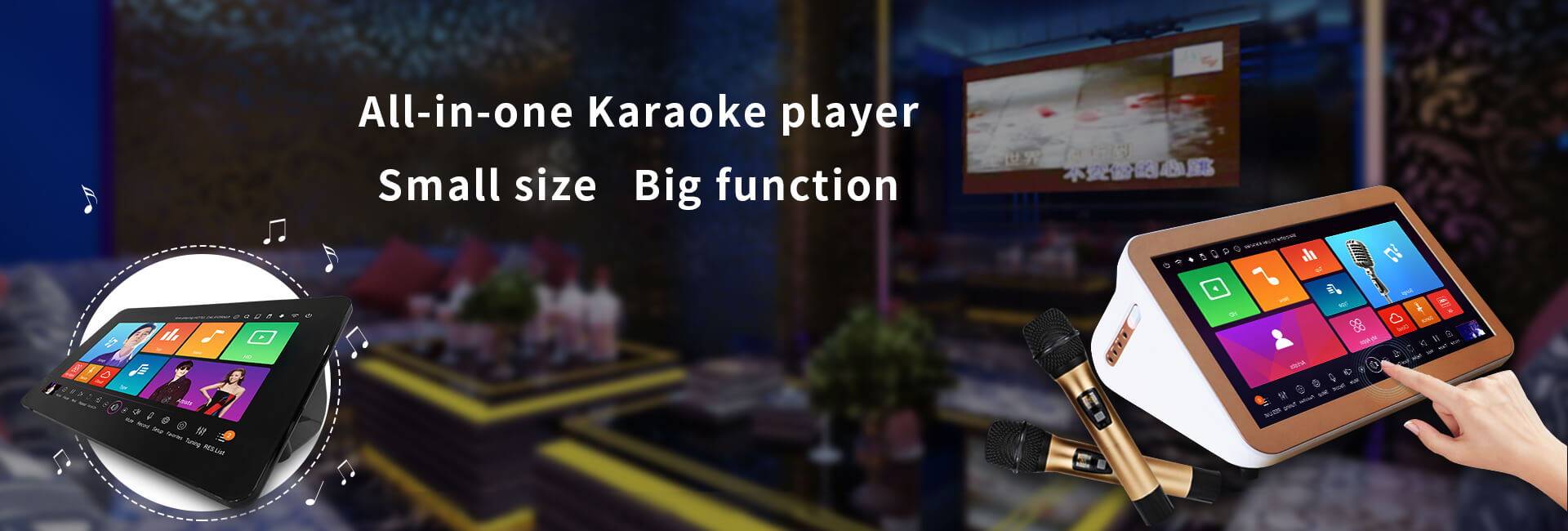The bluetooth amplifier is a type of wireless network transmission technology. At that time, wireless technology has been around for a long time, and some of them have even entered a mature stage. For example, infrared technology can be found in various consumer electronic products such as home appliances, computers, mobile phones, and PDAs. The biggest advantage of infrared technology is its low cost. But its shortcomings are also fatal: slow speed, short distance, poor safety, weak anti-interference, so more powerful wireless technology should be born from time to time to meet people’s desire for freedom, such as bluetooth amplifier technology.
From the historical development of bluetooth amplifier
There is fierce competition in the bluetooth amplifier chip market, because the chip is an important carrier for the transformation of new IT technology into products. Whether bluetooth amplifier technology products can truly enter mass production depends on whether the chip manufacturing technology can keep up. Facing the booming market, many world-class semiconductor manufacturers are actively investing in the production of bluetooth amplifier chips in order to occupy the commanding heights of the market. Well-known mobile phone manufacturers Ericsson and Nokia have produced two chip solutions that meet the current technological level. Ericsson’s early bluetooth amplifier headsets and bluetooth amplifier mobile phones have built-in their own bluetooth amplifier chips. Afterwards, Philips Semiconductors once occupied the commanding heights of chip supply because of its successful takeover of VLS1 Technology in 1999. Motorola, Toshiba, Intel, and IBM have also been engaged in chip development or purchased corresponding technologies with licenses, but there is no breakthrough.
In 2002, Cambridge Silicon Radio (CSR) in the United Kingdom introduced a true CMOS single-chip solution (high-frequency component ten baseband controller) called BlueCore (bluetooth amplifier core), and successfully integrated its successor version BlueCore 2 -The price of the External chip dropped to less than US$5. In the end, the bluetooth amplifier product took off. The company’s supply of bluetooth amplifier chips in 2002 accounted for about 18% of the total market. Among the current equipment for end users that comply with the bluetooth amplifier 1.1 standard, 59% are equipped with CSR products. CSR also has a competitor, Texas Instruments. Texas Instruments also launched a single-chip bluetooth amplifier in 2002, which is controlled by a computer at around 25mW, which is very power-saving. This chip product is called BRF6100. The price for bulk purchase is only 3 to 4 US dollars. Texas Instruments is also developing a chip that integrates bluetooth amplifier and IEEE802.11b. It is estimated that the introduction of this product will further reduce the price of bluetooth amplifier chips. The development of WUSB technology will definitely go through the same difficult course, and the price will become a development problem for WUSB.
Bluetooth amplifier supports more and more functions
Bluetooth amplifier chip specifications have gone through three stages of development: 1.0, 1.1 and the latest version 1.2. Data transmission and audio transmission are the two basic functions of bluetooth amplifier, including virtual serial port of bluetooth amplifier, file transmission, dial-up network, voice gateway, fax, headset, personal information management synchronization, bluetooth amplifier network, ergonomic equipment, etc. These two basic functions are expanded. It is worth noting that many bluetooth amplifier devices can only provide some of these functions. CSR’s BlueCore 3bluetooth amplifier chip uses the latest version 1.2, and its corresponding products have not yet been launched on a large scale. BlueCore 3 has a “quick connection” function that shortens the identification time between bluetooth amplifier devices to less than 1 second, and can adaptively hop frequency during communication to avoid IEEE802.11b interference.
There are also functions to improve the sound transmission quality and connect more bluetooth amplifier devices. What’s exciting is that the chip hardware based on version 1.1 does not need to be changed, just refresh the firmware (firmware, similar to the motherboard BIOS) to add the above functions. In addition, the entire core power consumption is 18% lower than BlueCore 2-External. According to the published information, WUSB technology has more technical advantages than bluetooth amplifier technology, but the promotion of applications is the real deadlock of WUSB technology.
Post time: Dec-18-2020





